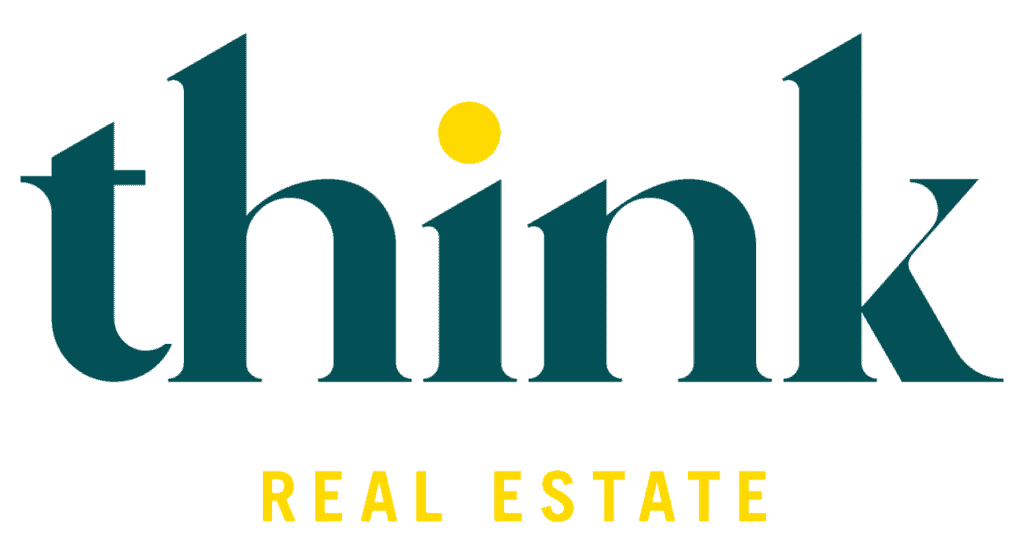
Gettin’ ahead in life? You better grab a HELOC! If you’re lucky enough to own property but don’t already have a home equity line of credit, let this blog serve as your divine intervention. This is especially useful for any of my folks doing the buy/sell shuffle (check out my blog about that here!)
Today we’re looking back on an Instagram live featuring my pal and HELOC expert, Lou Xavier (IG: @chronicallyoffbeat) from Trailhead Credit Union (IG: @trailhead_cu). She’s the one who hooked me up with my first HELOC, so believe me, she knows what she’s talking about. We cover the basics of HELOCs as well as how I used mine to put a downpayment on my second home.
Seriously though, strategically utilizing my HELOC is what made me go from barely getting along to really, really getting ahead in life. That’s why I’m hella passionate about this type of home loan as a real estate investing tool. Our goal here is to provide a helpful guide with estimated information to help make HELOCS less scary. So get ready ‘cause what we’re about to cover will blow yo damn mind!
If you’re new here, I’m Lauren Goché — a Portland realtor with a decade of experience backing me up. This means I’ve weathered more than a few market shifts over the course of my career, and specialize in making sure you can make the most of the market for your goals. Read more about me here.
What You Need to Know About HELOCs

How does a HELOC work?
A Home Equity Line of Credit is a type of revolving loan that allows homeowners to borrow money against their home equity. Home equity is the difference between the value of your home and how much you owe. Lenders typically will give you a credit limit of around 80% to 85% of your home equity. Generally, HELOCs have a 10-year draw period when you can take money out.
Once you have a HELOC, it can just sit there as a line of credit — you only pay interest on the amount you borrow. Think of it like a credit card, but with a much, much lower interest rate. Even if you don’t have a need for the money, you essentially have a safety net available if you need cash in an emergency or want to upgrade something.
Real market value vs. appraisal
When determining your home’s equity, every lender is different. Trailhead Credit Union first looks at what’s called your real market value (RMV) which is your county’s tax-assessed value of your home. In a lot of cases, there’s enough equity where an appraisal isn’t necessary, but if that’s not the case, then you can pay for an appraisal for an added cost.
How much does it cost to get a HELOC?
Here’s an estimated breakdown of fees you may encounter with a HELOC:
- Application fee: This typically costs around $100.
- Origination fee: This ranges from 1-2% of your loan amount, so if you’re borrowing $30K for example, you could be charged $600.
- Closing costs: If you don’t get an appraisal, it costs about $350 for closing fees, with an appraisal, it’s about $1,000. This is what you can usually expect for lines up to $100K, but can increase depending on the amount of the loan.
Keep in mind that these fees are subject to change and your loan amount will determine your final fees, so please talk to your lender.
What are the requirements?
This will depend on your lender, but generally, you’re required to present the following to qualify for a HELOC, similar to what was needed when you qualified on the mortgage for your house:
- Good credit score
- Healthy debt-to-income ratio
- Home equity
- Taxable, verifiable income: If you don’t owe anything on your house because you bought it with cash buttttt you don’t have a job — you would not be able to get a HELOC. This excludes disability or social security because they are forms of income.
If you’re interested in getting a HELOC with Trailhead Credit Union, you can check your eligibility here. There are specific requirements when it comes to joining a credit union if you are not already a member.
What are the interest rates on HELOCs?
Because this is a line of credit, it has a variable rate that moves with the prime rate and market conditions. Your rate is usually determined by your credit tier, so ask your lender where their current HELOC rates are sitting. We also recommend shopping around for the best rate before applying.
How much can/should you borrow?
With a home equity line of credit, you can borrow up to 95% of your home’s equity, although most lenders will stick around 80%. Our advice is to take out the line of credit at the maximum amount possible when getting a HELOC — don’t be shy! First of all, this will save you the pain of reapplying if you need a larger home loan in the future. Secondly, having extra credit available is great for your credit score (which are total BS btw, but that’s for another day…). Just like with a credit card, if you use up your entire line of credit, it will show as ‘maxed-out’, so try to always maintain some buffer room.
As a general rule: the more available credit that reflects on your credit report, the better for your score, keeping it below 30% of the max is ideal.
What can I use my HELOC for?
Whatevaaaaa you want. Just to give you some ideas:
- Home improvements or repairs
- Tuition or other education expenses
- Paying off high-interest debt (say goodbye to the cycle of credit card debt)
- A downpayment on a new home
And literally anything else — but be responsible because your home is on the line. Stick to stuff that will help build your wealth in the long run.
How I Used a HELOC as a Down Payment on My Second Home

I gave ya’ll a teaser about how I used a HELOC on my first home, the Salty Dog, to help me buy my second home. This time I’m going into more detail ‘cause I think it’s a really good example of using a HELOC to move from one house to the other.
So I bought the Salty Dog for 257K with a 3% down back in 2017. I waited a few years for when I had a fair amount of equity to take out a HELOC because I wanted access to my home equity without refinancing. I got approved for an $80,000 line of credit and then Ididn’t touch it —this is a very important part that a lot of people miss: once you have that line of credit, it can just sit there until you need it at no additional cost other than the initial fees.
When the time came and I found my second home (because your first home isn’t your forever home) I went to my lender — shout out to Jen Leon — and let her know I wanted to use my HELOC for a down payment. Your lender has the final say on whether you can use a home loan for a downpayment, so they will still have to calculate whether this is an option for you, aka if using your HELOC will mess with your debt to income ratio too much. Once we got that approved, I used part of my HELOC as a 10% down payment for my second house, then with the rest I paid off my mortgage insurance and renovated the bathroom in my new abode — triple whammy.
Getting a home equity line of credit can be a huge game changer — especially if you are trying to figure out how to go from one house to another without living in an Airbnb in between. If you already have a HELOC set in place, you won’t have to sell your first home in order to have a downpayment for the second. And once you do sell your first house, then recast your mortgage. You can read more about that here.
Key Takeaways
- A HELOC is a revolving loan, meaning you only pay interest on the amount you borrow.
- You can expect to pay $350 to over $1000 in fees to open this line of credit.
- Generally, HELOCs have a 10-year draw period when you can take money out.
- In order to qualify, you need a good credit score, a healthy debt-to-income ratio, home equity, and taxable, verifiable income.
- Your rate will likely change based on market conditions and the prime rate. It’s usually determined by your credit tier.
- Most HELOC lenders will let you borrow up to 85% of your home equity, though some have higher or lower limits.
Are you looking to buy or sell your home? Get the experienced support you need in Portland’s real estate market by working with me and my experienced team!. Let’s get started — get in touch with us here.






